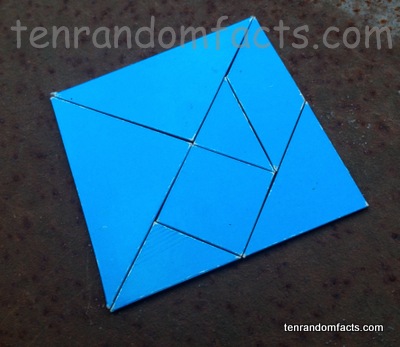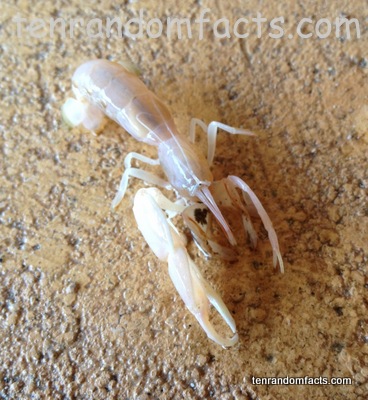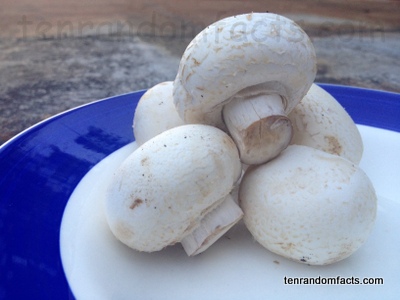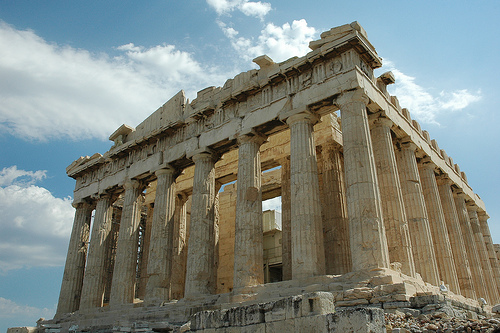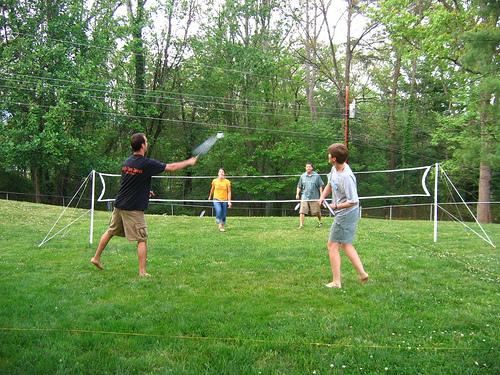
Back and forth, back and forth.
- Badminton is a sport that involves hitting a shuttlecock back and forth over a net using a racquet.
- Badminton requires some special lightweight shoes with good grip; specially designed lightweight and stringed racquets; and a shuttlecock, made from cork, leather and feathers, or synthetic materials.
- Badminton competitions are normally played indoors so that there is no wind interference, although for recreational purposes, it is usually played outdoors.
- Badminton has been included in the Olympic games since 1992.
- Badminton has its origins in the once popular battledore and shuttlecock game which probably originated in Ancient Greece, just prior to, or early in the first century.
Badminton
Image courtesy of Skrobotic/Flickr
- Badminton was established in the mid 1800s, when a net was added to the battledore and shuttlecock game, which only used a shuttlecock and a battledore – a small wooden racquet, and became popular in England, and then spread to Denmark, USA and Canada, and is now played in 169 countries.
- The Badminton World Federation was founded in 1934, originally known as the International Badminton Federation, which now governs the sport of badminton throughout the world.
- The badminton court is 13.4 meters (44 feet) in length and 5.18 to 6.1 meters (17 feet to 20 feet) in width, depending if the game is played singles or doubles.
- Badminton can be played one versus one (singles), or a two versus two (doubles), and to win the game, a team will need to score two rounds of 21 points.
- The name ‘badminton’ comes from the Duke of Beaufort’s residence, Badminton House, in Gloucestershire, England, where the game was played before the 1860s.




